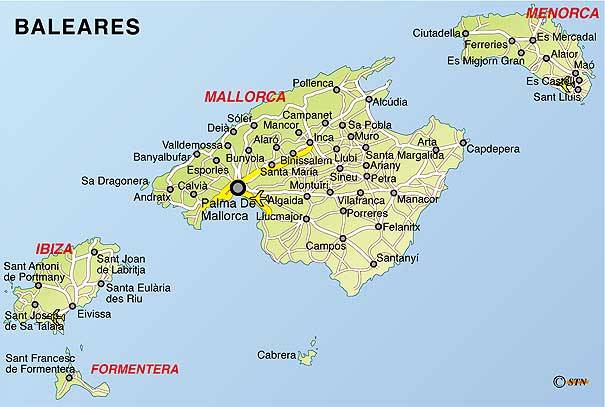Cheeseheads in Madrid

We've always been drawn the cheeses of the countries we visit. Spain will be no different, so I've put together a simple primer on Spanish cheese : queso Español Spanish cheeses can be divided into three main classes: Fresco: fresh cheese which has not been cured or aged Semi curado: semi-cured cheese which has been aged for two or three months Curado: cured cheese that has been cured for upwards of 4 months More than half of the cheese consumed in Spain is fresco or semi curado . But many of the most prized cheeses are the aged and intense quesos curados. In the USA, we're most familiar with aged manchego - with Costco leading the way with their own brand: I'm going to talk about a few cheeses we rarely see on the supermarket shelf. Arzúa-Ulloa This pale yellow cheese comes from northwestern corner of Spain in the region of Galicia. The particular cows that produce the milk for Arzúa graze along the banks of the Ul...


